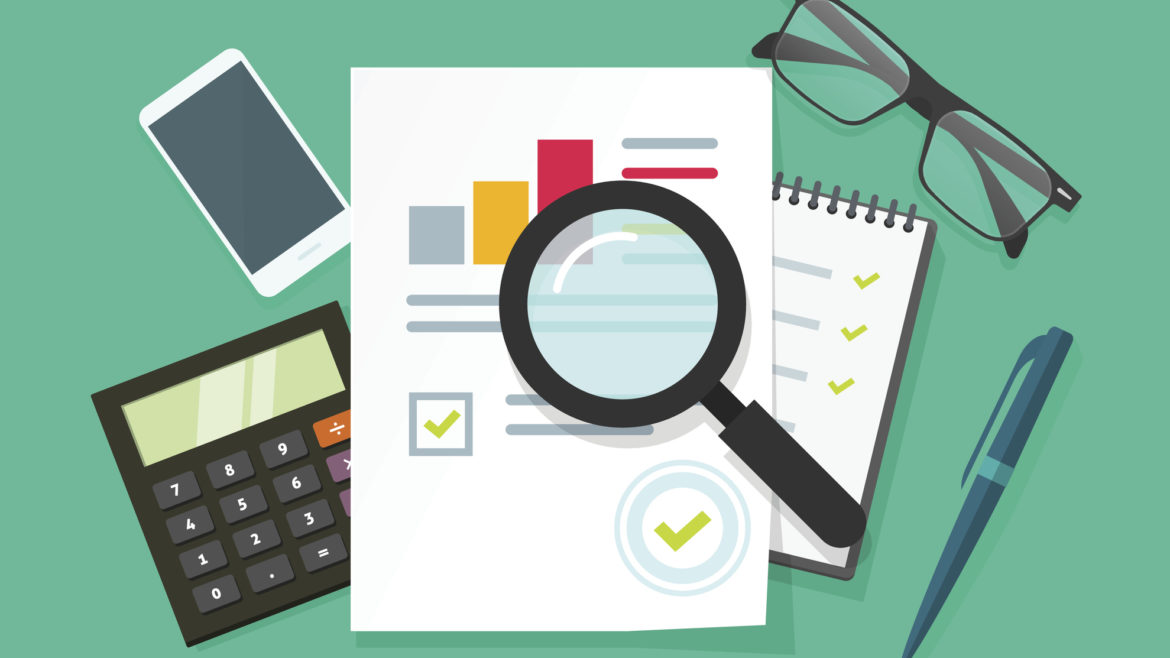Paying yourself first is a common recommendation made when considering your personal finances. Many experts recommend a 30/70 split of your income, with 30% of your income being saved for long-term financial goals and 70% being used for current needs, lifestyle, and living expenses.
This approach invests in your future needs, establishes capital that could be used during times of hardship, invested to generate passive cash flow, or even financially leveraged to increase buying power. In short, a small effort today could ensure you are positioned to not only protect yourself in the future but also capitalize on future opportunities as they arise. Wise words, but this is not a post on personal finance.
Are you paying yourself and your organization first professionally?
I recently took a step back and considered how I was spending my time professionally. I realized I was forgetting to pay myself first. I was giving nearly all of my attention to today’s needs. Providing great service to the member or task in front of me, but failing to reserve time dedicated to improving my long-term positioning, managing future demand, or driving efficiencies.
For many of us, the multiple hats we wear and responsibilities we bear leave us feeling like there is not enough time in the day to complete today’s tasks let alone work towards tomorrow. This budget needs to get rebalanced!
Pay yourself first, invest for tomorrow, and position yourself for the future. No matter your role, we can not allow ourselves to be managed exclusively by today’s needs. Instead, we need to begin managing the future and preparing for tomorrow.
I encourage you to ask yourself these same questions and I challenge you to begin managing tomorrow, today. How can we improve tomorrow? Are there process improvements we can make, or can we eliminate a bottleneck, manual procedure, or reduce paper pushing? What can we do to improve the effectiveness of our time and efforts? It’s time to work smarter, not harder. Imagine your work day if everything you did was 25% quicker or more effective. Tomorrow starts to look a little brighter, doesn’t it?
Using data to prepare for tomorrow, today
For me, I turn to data to help with these objectives. Understanding why members visit your branch and the types of transactions they perform gives you the knowledge to properly train your staff or develop relevant cross-sales strategies. Understanding your call center, interaction volume trends and call types empowers you to streamline interactions and improve member service and average time to resolution.
These same concepts can be applied to any department—marketing, lending, collections, etc. To improve tomorrow, we need to first understand today gaining the knowledge and insights needed to CREATE a better tomorrow. Are your priorities aligned correctly? Who are you paying first, today or tomorrow?






























































